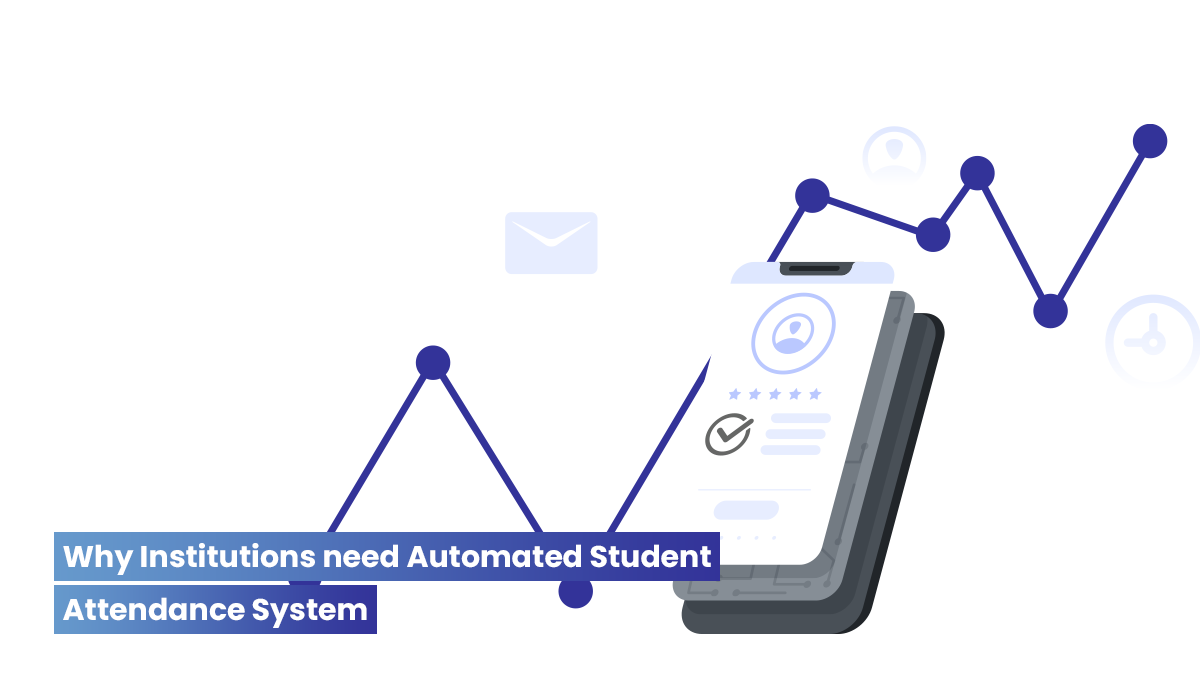10 surprising strategies to improve Student Attendance

To higher education institutions, it is either to improve student attendance or lead to student dropouts. Yes, attendance is undeniably a critical factor in student success.
The 2018 report on Improving Retention, Completion, and Success in Australian Higher Education indicates that student attendance is an influential factor for dropout rates.
In Chile, of the average 1,200,000 students, 28.7 % dropped out in their first year and 30% abandoned their studies. Similarly, in Latin America according to the World Bank, 2017 only half of the enrolled students between 25 and 29 ages completed their studies, while the rest dropped halfway.
Student Attendance is a predictor of Academic Success
Higher Education alerts indicate that constant absenteeism is an indication that a student may drop out of his education. Attendance is crucial because it provides students with access to contextual information, resources, and relationships that positively impact students' knowledge.
Students with poor attendance received poor grades, which is why most faculty members concede that regular class attendance helps students learn and improve academic outcomes. In fact, truant students’ relationship with faculty is also a critical factor that affects attendance.
The good news is that implementing cloud and mobile-based attendance management systems in educational institutions will have a positive impact on student attendance. Schools, colleges, and higher education institutes can use these innovative strategies to keep attendance high in classrooms.
10 strategies to improve student attendance
We have handpicked some proven, evidence-based, tiered strategies to promote engagement and attendance. To higher education decision-makers these 10 strategies can be helpful.

1. Track absences in real-time
Its obvious attendance is an indicator of student academic success and engagement. The best way therefore for higher education institutions is to track absences in real time. Capture and track students’ attendance through RFID and Biometric based attendance management systems. This way, students know exactly that automated attendance is part of grade calculation.

With attendance analytics, institutional leaders get a bigger view of attendance trends at their institution and empower students proactively by identifying those who need additional support. Institutions can also easily compare attendance across departments by instructors and devise best practices for enhancing student attendance rates.
2. Connect with students via email & messaging
This strategy results in immediate action as there is intervention from the parent side. Therefore, keep the tardy and truant students informed as quickly as possible through email notifications, SMS alerts, and push messages from mobile devices and encourage students to attend classes more often.
3. Keep students’ morale high with a good curriculum
Identify units of study in the curriculum which absentee students find redundant. Use curriculum mapping tools to develop generic graduate attributes with a set of desirable skills and competencies incorporated across various programs to improve collaborative learning and ensure better academic outcomes.
The right student lifecycle management that tailors the curriculum as per their individual needs can boost attendance rates.
4. Boost personalized learning
Some students don’t like to work hard in classrooms. That’s because they do not prefer teaching the same way for everyone. Students’ competencies and abilities differ.
If you adopt a learning plan with a high level of personalization using digital learning tools that will grab student interest, it will boost learning and increase the attendance rate. Gamification of learning is a good way to engage learners and ensure a successful academic life.
5. Effective timetable scheduling
Improving student experience is the core of an institution’s strategy. Give freedom to students to choose their combination of various courses and subjects with access to an automated timetable scheduling system.
With options for students to plan their programs and keep track of their class schedules for different time periods, they can be easily discouraged from skipping classes.
6. Give online tests & quizzes
Create web and mobile-based tests, quizzes, and surveys to encourage students to improve their knowledge and skills with full confidence. Students find these most engaging and find it a reason to attend classes. These strategies can’t be made up later by students missing the online assessments.
7. Gather feedback on teaching & courses
Encourage student feedback on teaching and learning quality through online evaluation forms with the ability to assign ratings. Analyze and review student responses to improve teaching effectiveness. Adapting lesson plans to stimulate interest in the subject will maintain a high level of attendance.
8. Improve interactions via chat & forum
Many chronically absent students suffer from personal issues. Institutions that implement online interactive tools using student information systems can strategize absenteeism better.
With pedagogical tools like chat, discussion forums, messaging, gallery, audio, and videos, they can make it easier for students to work with their teachers and peers. This will have a significant impact on attendance rates.
9. Implement rewards for positive behavior
Announcing rewards for fair and consistent good behavior will increase student attendance and achievement. When you notice that things go wrong in the classroom, use an incident tracking system with automatic alerts, reporting, and insights to help you improve attendance.
10. Increase parent involvement
Parent involvement will make more impact than anything else. Keep parents always informed of absences, grades, and discipline issues via email and SMS alerts, to have lesser levels of avoidable absence.
Time for action
With many higher education institutions meddling with concerns about student attendance percentages, it is necessary that you do not fall into the same surprise. Implementing the strategies listed above can help retain students, boost their attendance rates and increase ROI.
Creatrix’s Student Attendance Management System is a mobile-first student attendance monitoring that helps institutions with a variety of graphs, data sorting, insights for smart decision-making when it comes to attendance. Contact our team now!


